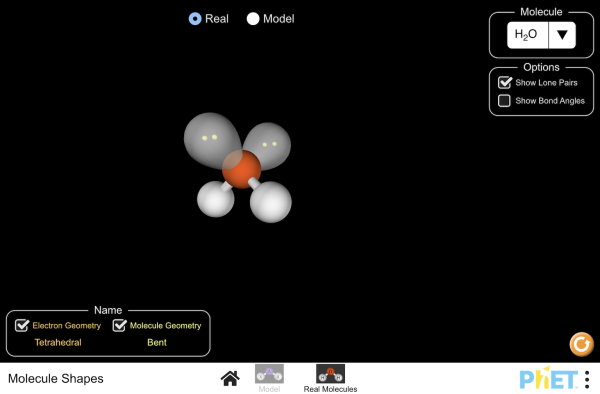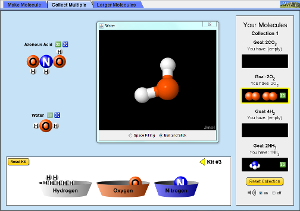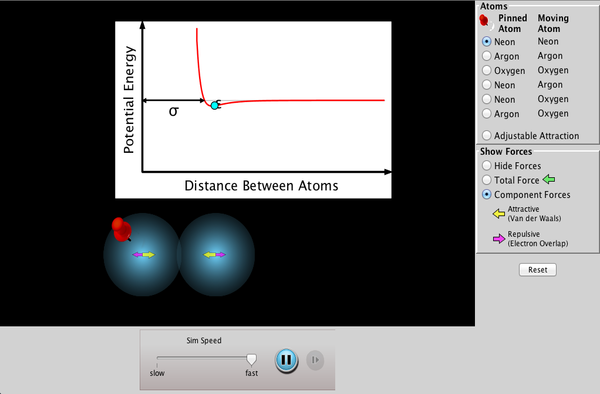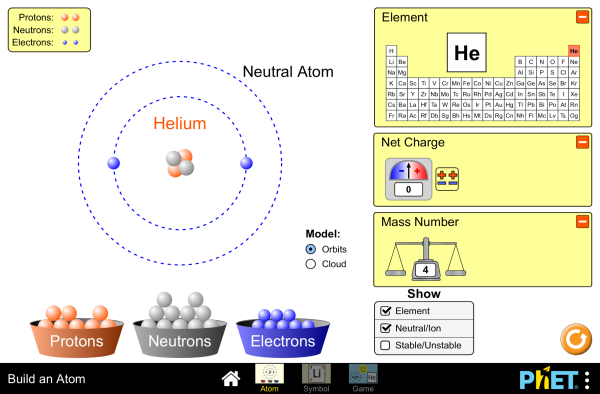Study a bit at a time. Work on memorizing ions (p 205 and p 210) for nomenclature.
FINAL EXAM REVIEW... In addition to study of the text and your class notes you should consider the internet, especially YouTube chemistry channels, an essential part of learning chemistry well. WATCH THE VIDEOS... you will slowly build important concepts... A good review channel for the final (watch atomic structure, periodicity and bonding SL videos) MAKE SURE TO GET A REVIEW HANDOUT FROM INSTRUCTOR.
DUE DATES
Lab 8: Reactivity of Halide Ions due 12/12
Worksheet 5.1 The Periodic Table due 12/12
Periodic Trends using online ptable and spreadsheet graphing worksheet and an example spreadsheet from last year due 1/4/17
Periodic Law Cut n' Paste Puzzle
Periodic Trends Questions Final Assessment due 1/4/17
Make-a-Mole
 |
| Na + H2O => NaOH + H2 |
Lab 9 Chemical Bonding due 1/20
Candy Lab Chemistry Post lab
Lab 10 Ionic Formulas
Worksheet 7.1 Nomenclature
Lab 11: Percent Composition of Potassium Chlorate
ONLINE
PTABLE.COM
The new periodic table song
The old periodic table song
Introduction to periodicity video Thornley youtube channel.
Introduction to periodicity video Crashcourse youtube channel.
Periodic table overview Brightstorm youtube channel
Alkali metals in water (reactivity) video
More detailed reaction of alkali metals with water RSC channel
Lithium into 7up
Ionization energy and electronegativity defined Thornley youtube channel
Periodic trends in radii and electronegativity Thornley youtube channel
More on trends Thornley youtube channel
What is the rarest precious metal?
NaCl explosion Theodore Gray
 |
| dot structures for main group valence electrons |
How to make table salt NileRed
About Glenn Seaborg shaking up the periodic table
Great Minds: Dmitri Mendeleev Sci Show
Periodic Table SLIDES Presentation
Periodicity playlist Thornley
Ionic bonding Tyler DeWitt
Lewis dot NOTES Staab
Lewis electron dot diagrams Brightstorm
Polar vs NonPolar molecules Crash Course
Bonding models and lewis structures Crash Course
Solids Crash Course
Network Solids Crash Course
Intro to writing ionic formulas
Ionic nomenclature Brightstorm
Naming acids Brightstorm
Nomenclature1 Crash Course
VSEPR theory Brightstorm
VSEPR theory Oregon State University
VSEPR theory (more advanced) Bozeman Science
lewis/valence dot periodic table image
Sugar manufacturing video
Chemist tree...whee...
What the Physics? How to calm waves chemistry
Chemical Bonding SLIDES Presentation
Chemical Bonding and VSEPR SLIDES Presentation
Bonding playlist Thornley
Sulfur hexafluoride











